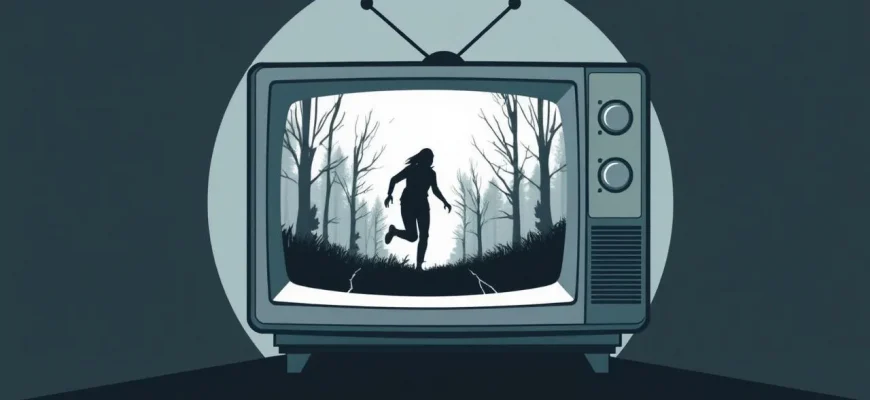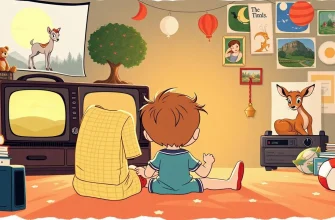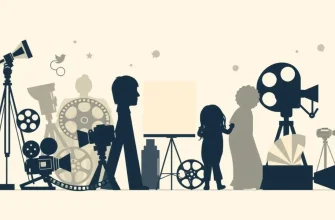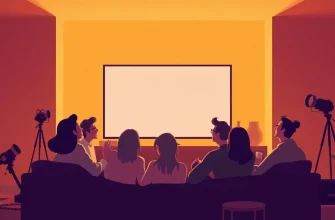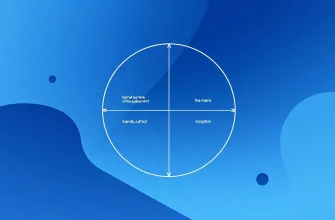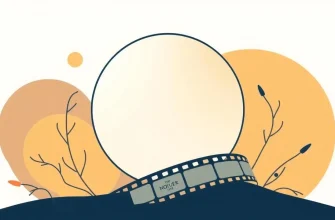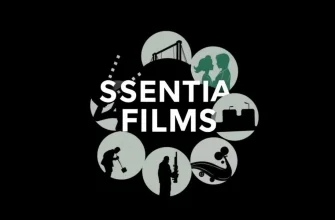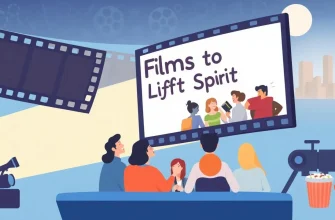Found footage films have carved a unique niche in cinema, presenting stories as if they were real recordings discovered after the events depicted. This genre plays on the voyeuristic thrill of watching something seemingly authentic, often blending horror, mystery, and documentary styles. Here, we present a collection of 10 found footage films that not only exemplify the genre but also offer a diverse range of storytelling techniques, making them essential viewing for fans and newcomers alike.

The Blair Witch Project (1999)
Description: This film is often credited with popularizing the found footage genre. It follows three student filmmakers who hike into the Black Hills near Burkittsville, Maryland, to film a documentary about the local legend known as the Blair Witch, only to disappear without a trace.
Fact: The film was made on a budget of approximately $60,000 and grossed over $248 million worldwide. The actors were given minimal scripts and improvised much of the dialogue.
 Watch Now
Watch Now
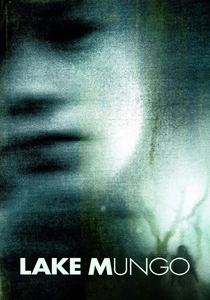
Lake Mungo (2008)
Description: This Australian film blends found footage with a mockumentary style to explore the mysterious death of a young girl and the paranormal events that follow, creating a deeply unsettling atmosphere.
Fact: Despite its low budget, "Lake Mungo" has gained a cult following for its realistic portrayal of grief and the supernatural.
 Watch Now
Watch Now

REC (2007)
Description: A Spanish horror film that follows a reporter and her cameraman documenting the night shift of a local fire station, which leads them into an apartment building where a deadly virus outbreak occurs.
Fact: The film was remade in the US as "Quarantine" in 2008, but the original Spanish version is often considered superior due to its raw intensity.
 Watch Now
Watch Now
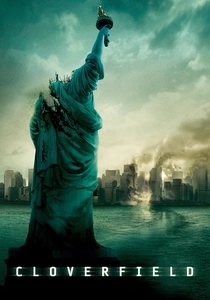
Cloverfield (2008)
Description: While not entirely found footage, Cloverfield uses the technique to capture a monster attack on New York City from the perspective of a group of friends. The film's marketing was innovative, using viral marketing techniques to build suspense.
Fact: The film was shot in a way that the actors did not know what the monster looked like until the movie was released, enhancing the realism of their reactions.
 Watch Now
Watch Now
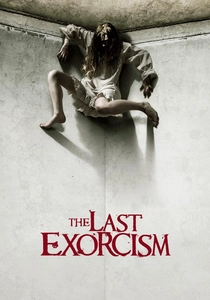
The Last Exorcism (2010)
Description: A disillusioned evangelical minister agrees to let a documentary crew follow him on what he believes will be his final exorcism, only to encounter a real demonic possession.
Fact: The film was inspired by the documentary style of "The Blair Witch Project" and was followed by a sequel in
 Watch Now
Watch Now
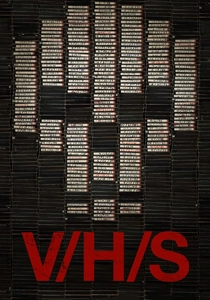
V/H/S (2012)
Description: An anthology film where a group of misfits are hired to steal a VHS tape from an abandoned house, only to discover a collection of bizarre and terrifying tapes.
Fact: The film features segments directed by several notable horror filmmakers, each contributing a unique found footage story.
 Watch Now
Watch Now

Creep (2014)
Description: A videographer answers an online ad for a one-day job in a remote mountain town to record a man's last messages to his unborn son, only to find himself in a terrifying situation.
Fact: The film was shot in just 12 days with a very small crew, and much of the dialogue was improvised.
 Watch Now
Watch Now
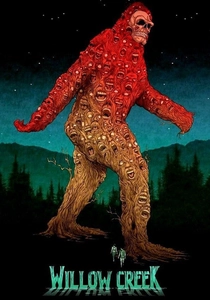
Willow Creek (2013)
Description: A couple ventures into the woods of Northern California to document the legend of Bigfoot, but their trip turns into a harrowing ordeal.
Fact: Directed by Bobcat Goldthwait, the film is known for its long, uninterrupted take in the tent, which builds suspense through minimalistic storytelling.
 Watch Now
Watch Now
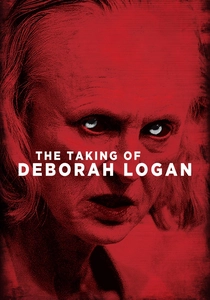
The Taking of Deborah Logan (2014)
Description: A documentary crew follows a woman with Alzheimer's, only to uncover something far more sinister than memory loss.
Fact: The film uses the found footage style to explore themes of aging, dementia, and possession, making it a unique entry in the genre.
 Watch Now
Watch Now
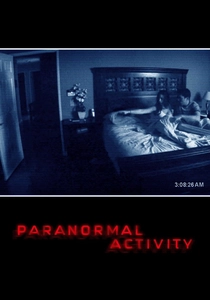
Paranormal Activity (2007)
Description: This film uses the found footage technique to document a couple's experience with a demonic presence in their home. The use of static cameras and night vision adds to the eerie realism of the paranormal events.
Fact: The film was initially released in just 12 theaters but due to positive word of mouth, it expanded to over 1,600 screens. It was made for $15,000 and earned over $193 million worldwide.
 30 Days Free
30 Days Free

